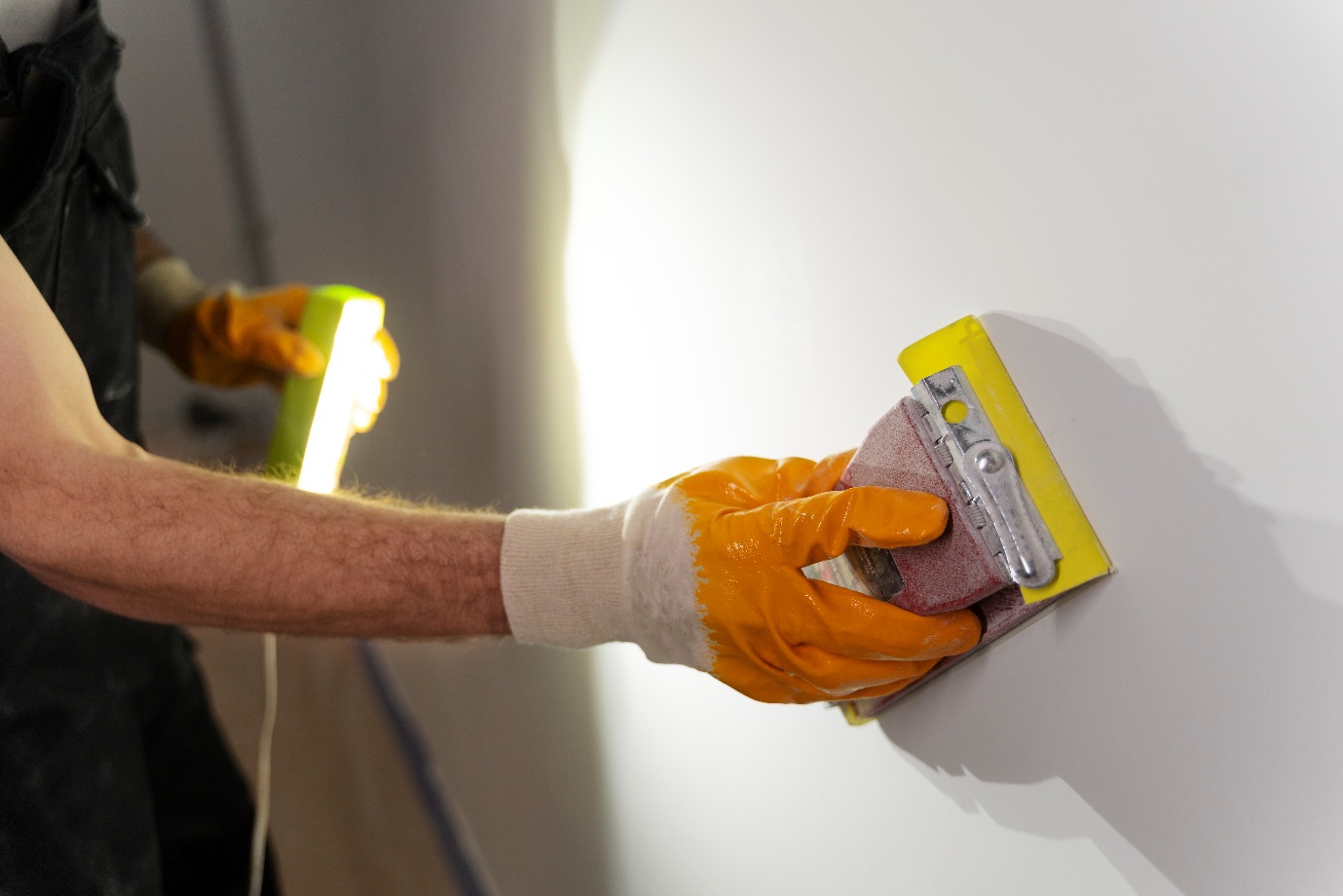In an era where environmental consciousness is at the forefront of our minds, every choice we make holds the potential to either harm or heal the planet. When it comes to painting your exterior or workspace, you might not immediately think about its impact on the environment. However, traditional paint products can contain harmful chemicals, known as volatile organic compounds (VOCs), which are released into the air and contribute to air pollution and health problems. But there’s good news – you can make a difference by choosing eco-friendly paint options and sustainable painting practices that not only benefit your living space but also leave a positive mark on the planet.
The Green Revolution in Painting
As awareness of environmental issues grows, the paint industry has undergone a green revolution. Today, you have access to a wide range of eco-friendly paint options that are not only better for the environment but also offer impressive performance and aesthetic qualities. Let’s explore the ways in which you can make your next painting project an eco-conscious endeavor:
1. Low VOC and Zero VOC Paints
One of the most significant advancements in eco-friendly painting is the development of low-VOC (volatile organic compounds) and zero-VOC paints. Traditional paints release VOCs into the air, contributing to air pollution and posing health risks. Low VOC and zero VOC paints, on the other hand, contain significantly fewer or no harmful chemicals, making them a safer and more environmentally friendly choice.
2. Natural Paint Ingredients
Eco-friendly paint manufacturers are turning to natural ingredients to create their products. Ingredients like plant-based resins, mineral pigments, and water are replacing the harsh chemicals found in conventional paints. These natural alternatives are not only safer but also often result in vibrant, long-lasting colors.
3. Recycled Paints
Some eco-friendly paint options incorporate recycled materials, reducing the need for new resources. Recycled paints are created by reprocessing unused or leftover paints, making them a sustainable choice. These paints can offer unique colors and textures while reducing waste.

4. Biodegradable Paint Containers
It’s not just the paint itself that can be eco-friendly; the packaging matters, too. Look for paints that come in biodegradable or recyclable containers. Some companies have even introduced paint containers made from post-consumer recycled materials.
5. Energy-Efficient Application
Sustainable painting goes beyond the choice of paint. The application process also matters. Energy-efficient techniques like using high-quality brushes and rollers, ensuring proper ventilation, and minimizing paint wastage can make your painting project more eco-friendly.
6. Eco-Friendly Cleanup
Painting doesn’t end with the last brushstroke. Proper cleanup is essential to ensure that no harmful substances enter the environment. Choose eco-friendly cleaning products and dispose of paint-related materials responsibly, following local regulations.
7. Longevity and Durability
One of the most sustainable choices you can make when painting is to invest in high-quality, durable paint products. Quality paints often require fewer coats and last longer, reducing the need for frequent repainting. This not only saves you money but also reduces the overall environmental impact.
8. Supporting Sustainable Brands
Choosing eco-friendly paints means supporting brands that prioritize sustainability. Research paint manufacturers and their environmental practices to ensure they align with your values. Many companies now proudly display their eco-friendly certifications and commitments.

9. Reduced Environmental Impact
Eco-friendly paints and practices contribute to a reduced environmental footprint. By choosing products with low or zero VOCs and making conscious choices throughout the painting process, you’re helping to lower air pollution, reduce waste, and conserve natural resources.
10. Healthier Living Spaces
Beyond the environmental benefits, eco-friendly paints create healthier living and working spaces. They emit fewer harmful chemicals, resulting in better indoor air quality and a reduced risk of health issues such as respiratory problems and allergies.
11. Sustainable Paint Removal
When it’s time to repaint or make changes to your space, consider sustainable paint removal methods. Traditional paint removal techniques often involve toxic chemicals and solvents. Opt for eco-friendly paint strippers that are less harmful to both your health and the environment.
12. Responsible Disposal
Dispose of leftover paint and paint-related materials responsibly. Many areas have recycling programs for paint cans and containers. If you have unused paint, consider donating it to local organizations or individuals who can use it.
13. Local Sourcing
Supporting local businesses not only benefits your community but also reduces the carbon footprint associated with transporting paint products over long distances. Look for paint brands that source their materials locally, promoting sustainability.

Painting with Purpose
Every brushstroke with eco-friendly paint is a step toward a more sustainable future. It’s an opportunity to create a space that not only reflects your style but also your commitment to the environment. By choosing low-VOC and zero-VOC paints, opting for natural ingredients, supporting sustainable brands, and practicing eco-conscious painting techniques, you can make a meaningful contribution to reducing your environmental footprint.
Ready to paint your space with purpose? Silver Star Painting has got you covered! We provide eco-friendly interior house painting services, commercial painting services, and residential painting services in Los Angeles.
Contact Silver Star Painting today for a free consultation!







